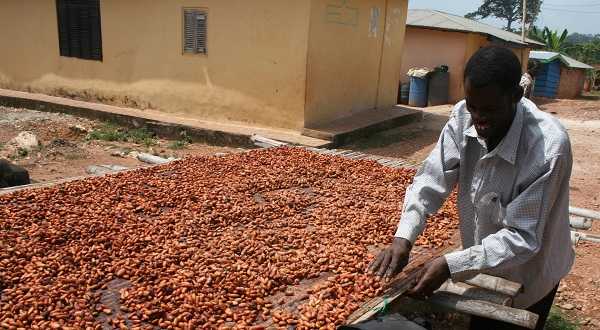We all know that Chocolate is delicious and is produced from Cocoa trees. Scientists in the latest research found out that the weather conditions in the area can also change the flavor of Chocolate and is directly proportional to critical weather.
Although the agricultural method used to grow cocoa trees doesn’t matter that much, the specific weather conditions do.
Usually, Cocoa trees grow in hot and humid climates near the equator. Traditionally, these trees are raised together in mixed groves with other types of trees and plants that can cool the air and provide vital shade.
Agroforestry, provides a low-stress environment, increases nutrients in the soil and helps maintain ground water levels. In response to the stress, tress produce antioxidants that can potentially counteract the damage, but these compounds also could change the quality characteristics of the beans.
The research team detected only minor differences in the chemical composition among the beans harvested from the farms during the same weather conditions. Wiebke Niether, Gerhard Gerold and colleagues from FiBL (Switzerland) wanted to find out whether differing growing methods can influence the chemical composition, and potentially the flavor, of cocoa beans.
During the research, the researchers harvested beans from five cocoa tree farms in Bolivia at the beginning and end of the dry season, which runs from April to September. The trees were raised in full-sun monocultural groves or in agroforest settings. The beans were fermented and dried, then analyzed.
The larger contribution to chemical composition was the weather. Overall, the antioxidant content increased and fat content of the beans decreased during the dry season as temperatures rose and soil moisture dropped. This change in the weather conditions may change the flavour of Chocolate. The study was published in American Chemical Society.















